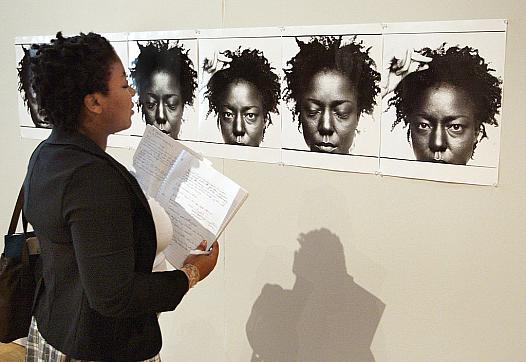
This week: Supreme Court decision impacts domestic violence, FDA bans harmful chemicals for Black women, 'excited delirium' under scrutiny, and the effects of inequities on health.

This week: Supreme Court decision impacts domestic violence, FDA bans harmful chemicals for Black women, 'excited delirium' under scrutiny, and the effects of inequities on health.
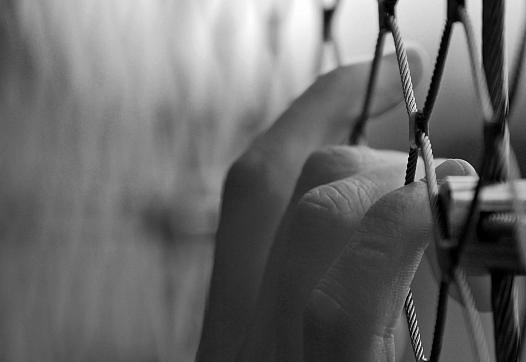
Two Houston Landing reporters announce a new data-driven project on charging and incarcerating 17-year-olds as adults in Texas.

For undocumented and Spanish-speaking residents like Daysi Carreño, the destructive wildfires of recent years have burned into their memories and pushed some families to the edge.

The Columbia researcher has been documenting how racialized beauty norms compel women of color to disproportionately use cosmetics — and face a higher threat from potentially harmful chemicals.

In this webinar, we’ll look at how systemic racism can lead to substandard care and explore promising interventions with Dr. Lisa Cooper and journalist Usha Lee McFarling.
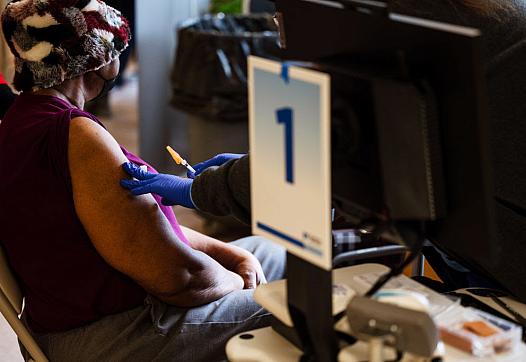
Mistrust, misinformation, and historical inequities all contribute to vaccine hesitancy in many communities of color.
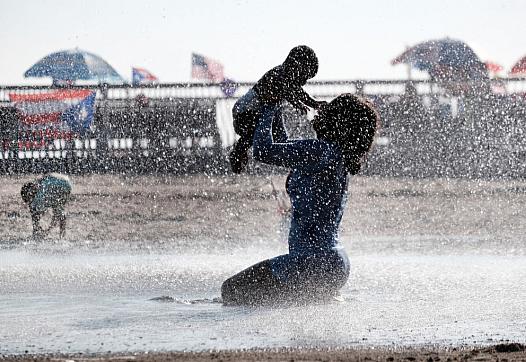
Even as the city experiences rebirth, poverty endures and puts infants and families in peril.
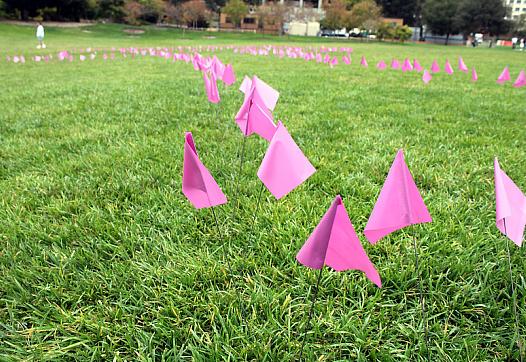
Can restorative solutions that minimize police involvement improve safety for vulnerable populations?

Maternal mortality has been on the rise for more than three decades and the racial gap is widening. Two experts explain how to reverse the trend.
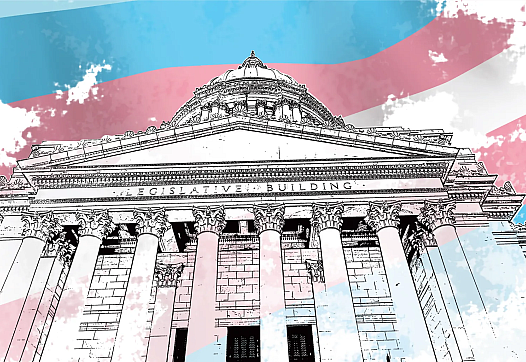
A region that protects the rights of transgender youth feels the impact of anti-LGBTQ+ laws sweeping the country.